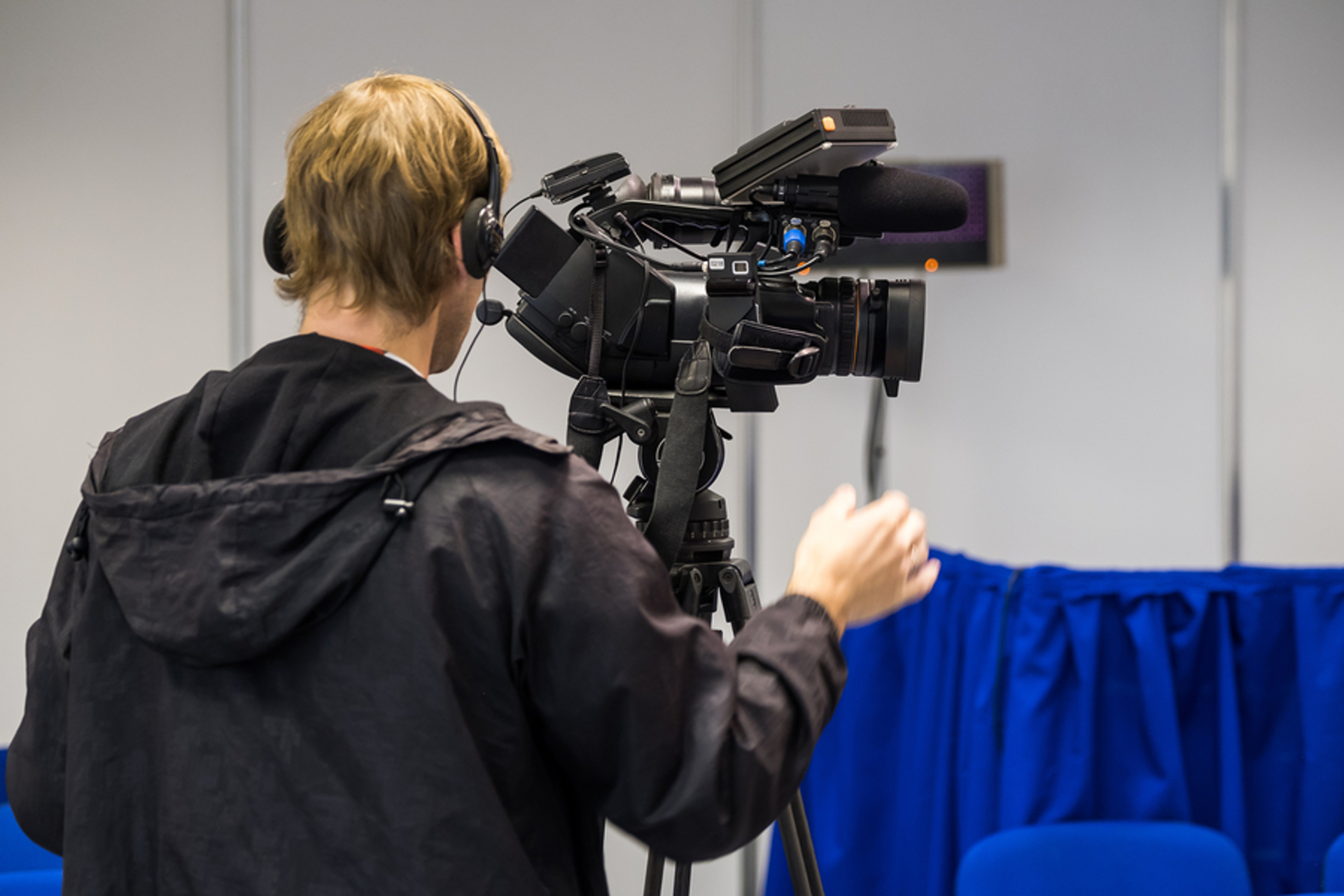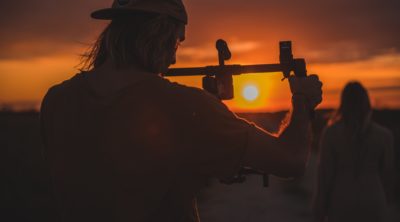< Back to all posts
How to Create a Live Video that Rocks
When a client says, “I want to do a live video” many video producers hear, “I’d like you to do a webcast of an event that must adhere to my inflexible schedule, can’t be edited as well as it could be, and leaves so many variables to chance, and oh I think it will be simple because I can live stream from my phone therefore all live streaming is simple.”
Like it or not, live video webcasts are becoming more popular with companies, especially those with a significant social media presence. As a result, most video production companies should have the ability to stream live video events if they want to succeed in today’s market.
Two Kinds of Live Video Events
The vast majority of live video productions can be divided into two categories: formal and informal. Formal events generally involve traditional speaking engagements, panel discussions, or onstage presentations. There is usually an in-person audience, and the entire event tends to be structured to address those in attendance even though the proceedings may be distributed across the internet.
Informal events are often webcasted across platforms such as Facebook Live or Periscope. Their primary audience is made up of online viewers, and the event itself is often unorthodox and doesn’t always follow a conventional format.
Choose the Right Place
The first step to producing a successful live webcast is to select the ideal site or venue. With informal events, this is especially important because even though you can set lighting and audio levels for any scene, you may not always be able to account for loud ambient noises, find adequate access to power sources, or receive a high-quality, uninterrupted Internet connection.
Since formal events are often held in conference rooms, ballrooms, auditoriums, or similar venues, there may not be as many technical or logistical issues to worry about. However, each site has its own quirks and challenges, so it’s essential to identify those before you begin planning the event.
Plan the Event With the Client
Speaking of planning, you should strongly encourage the client to be involved in the preparation process. That way, there is no miscommunication regarding the event requirements, the pre-production and setup schedule, or the progression of the event itself.
This stage is even more important for informal events which may not follow a traditional sequence. Try to plan as much of the event as possible instead of just “letting the presenter do whatever he/she wants.” The last thing you need during a live webcast is for a person to do something (or call for something to happen) which is completely unexpected—and then be forced to handle it on the fly.
How Many Cameras?
Another key decision that must be made is the number of cameras that will be used for the event. For formal events, at least three cameras are recommended—one for a wide shot, another for close-ups of the presenter(s), and a third for audience questions or cutaways. Of course, you’ll need to choose either a hardware switcher or a software switcher to use during the production. Your event can be done with fewer cameras, but switching between shots will keep your audience engaged so if your budget can handle it three cameras minimum is the way to go.
Many informal events only use a single camera, which is fine if the setup is a single person on-camera or something equally simple. However, if limiting your event to one camera, you should ascertain if the presenter will be moving around so you can utilize a handheld camera when needed to capture all the action and adjust your lighting plan accordingly.

What Else Goes On the Screen?
Graphics and in-line video effects make up another aspect of the production which should be planned well in advance. Formal events may only require lower-third name and title graphics along with a few opening title cards and perhaps some closing credits. But if the client wants specific information emphasized (or fancy transitions or special effects) during the production, it’s imperative that those details be ironed out long before the day of the event.
Audience Participation
One element of live broadcasts that is often overlooked is the process of interacting with the audience. With formal presentations, that’s often limited to questions by in-person attendees; in these cases, all that may be needed is one or more stick microphones placed near the audience. (Important tip: make sure those mics don’t create feedback through the on-site speakers!)
But for informal events (and more and more formal ones), the presenters may want to answer questions from or chat with people who are watching the event online. Therefore, it’s vital to nail down the communication process between in-person and virtual individuals. (Who will curate the online questions? How will the questions get to the presenter? Will he/she read them off a screen?)

Don’t Forget About Rehearsals
Video production companies are well-versed in testing equipment and practicing shots on traditional (i.e., non-live) shoot days. But for live events, rehearsals for both crew members and talent are just as important (if not moreso) so that everything will proceed as planned once the cameras roll.
For formal events, you can often get away with using stand-ins for on-camera individuals during rehearsals. But you still need to test all cameras, microphones, switching equipment, and graphics software, and also ensure that the pre-arranged flow of the event is practical. Conversely, any informal event that’s more complex than a single-camera, talking head setup should be thoroughly rehearsed with the presenters and any supporting cast members until everything runs smoothly.
More Live Video Tips
Finally, here are a few suggestions which will help you produce a live video event that rocks:
- Test the internet connection repeatedly. Check it well before shoot day and multiple times on the day of the event. Make sure the feed is also optimized for mobile devices since many people will probably be viewing the event on their smartphones.
- Start the feed early. Lockdown a camera on a title card, banner, or something similar. This enables you to make sure everything you produce on-site actually gets broadcast over the web.
- Record the event. Not only will you be able to provide a copy of the production to your client afterward, but you can also use it for quality control for your next live event by determining what elements worked and which ones could be improved.
- Check everything periodically throughout the event. This includes the internet connection, audio, graphics, and anything else you can think of. It’s easy to get caught up in the moment during an event and forget to make sure that the online viewer’s experience is optimal. (And you can’t reshoot it.)
- Do all that you can to avoid eleventh-hour changes. In practice, this usually means convincing the client that he/she cannot add something at the last-minute. (“Can we put in a special effect explosion? Why don’t we place a camera outside for the opening? Maybe I’ll play my guitar near the end?”)
- Have a backup plan for everything. Sure, you always bring extra equipment with you on shoots. But you should also have contingency plans for unexpected event delays, internet connection issues, mid-event technical problems… or even unplanned actions by the talent.
 Companies are increasingly embracing the timeliness and immediacy of live video events in order to broaden their outreach and appeal to a younger demographic. While live productions certainly present additional challenges, the video crews that can pull them off successfully will always be in demand in today’s internet-focused business climate.
Companies are increasingly embracing the timeliness and immediacy of live video events in order to broaden their outreach and appeal to a younger demographic. While live productions certainly present additional challenges, the video crews that can pull them off successfully will always be in demand in today’s internet-focused business climate.
Need a live event video crew? Get a quote from us today!







Leave a Reply